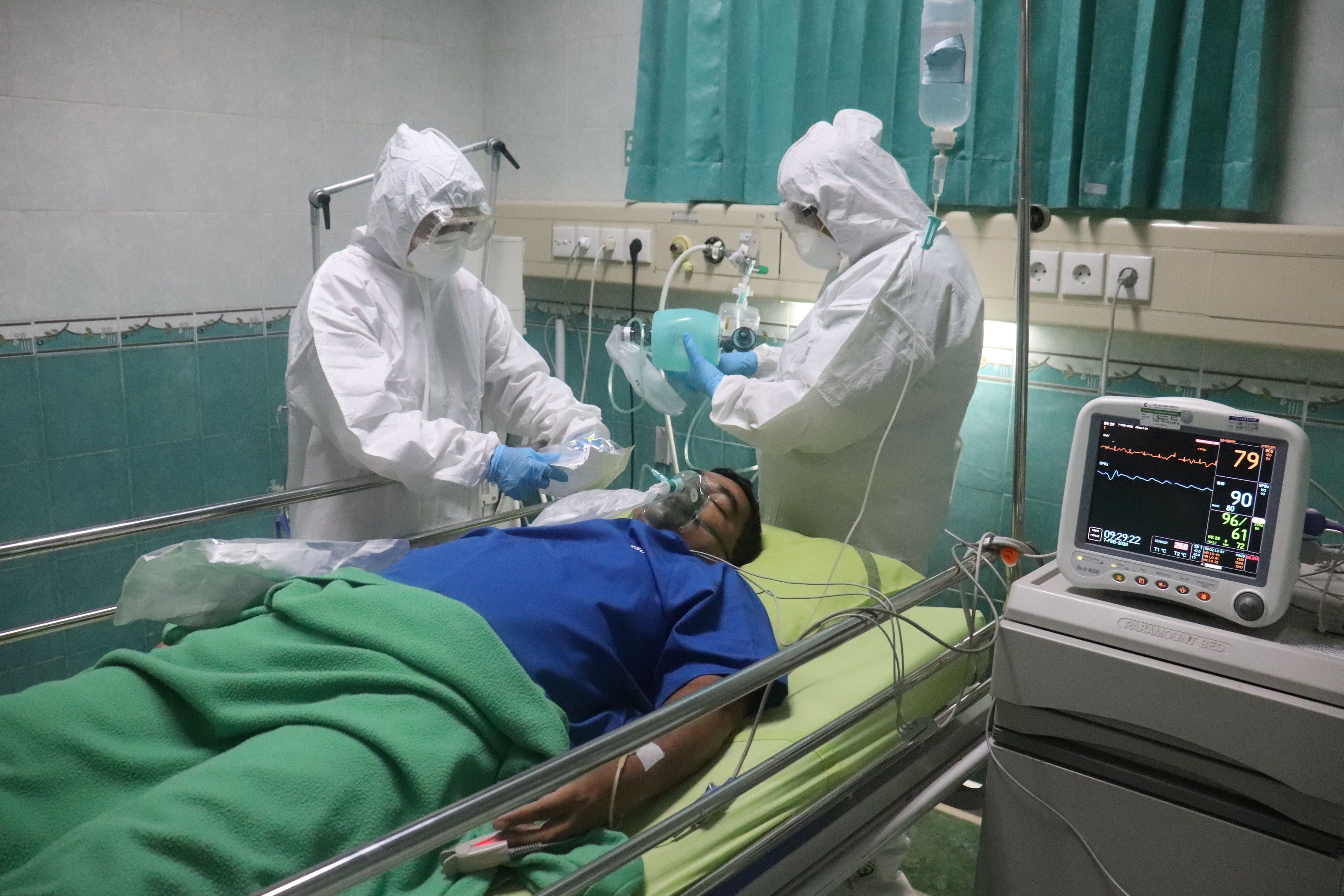Probiotics Do Not Aid Prevention of Ventilator-Assisted Pneumonia
Investigators found no significant difference among hospitalized patients in the ICU being administered probiotics vs placebo.

The probiotic Lactobacillus rhamnosus GG produced no significant difference compared to placebo for critically-ill patients in terms of the prevention of ventilator-assisted pneumonia (VAP), according to a paper published in JAMA.
Investigators from Canada enrolled 2650 adult patients across 44 intensive care units who required mechanical ventilation for at least 72 hours in order to determine the effect of L rhamnosus GG on preventing VAP and/or additional infections. Between October 2013 and March 2019, patients were randomized to receive enteral L rhamnosus GG (1 × 1010 colony-forming units) or placebo twice daily in the ICU, the study authors wrote.
Probiotics are being theorized as a potential strategy for treatment or prevention of various infectious, inflammatory, or autoimmune conditions, the study authors explained. They noted that some literature has suggested probiotics can reduce infection rates by 20 percent and VAP specifically by 25 to 30 percent.
The mean age of the participants was 59.8 years and 40 percent were women, while 76 percent had a medical admitting diagnosis, the study authors said. All were receiving mechanical ventilation at baseline (for a median of 7 days), while a further 61 percent were receiving inotropes or vasopressors, and 8 percent were receiving kidney replacement therapy, the investigators noted. Other characteristics between the probiotic vs. placebo groups were not statistically different, though the study authors did say that antimicrobials were prescribed or ongoing for a majority of the patients (82 percent) on the day of randomization. Seventy percent of patients had infection at the admission, and 60 percent had pneumonia as a concurrent or primary admitting diagnosis, they also said.
For the group that received probiotics, 21.9 percent developed VAP compared to 21.3 percent of patients in the placebo group, the investigators determined. When the investigators conducted further subgroup analyses, a modifying effect was not revealed after looking at diagnostic category (such as medical, surgical, or trauma), age, frailty status, prior receipt of antimicrobials, or prevalent pneumonia at baseline.
Secondary outcomes were also similar between the intervention and placebo groups, including development of C difficile infection (2.4 percent in the L rhamnosus GG group vs. 2.1 percent in the placebo group) or diarrhea occurrences.
Median duration of ICU stay and mean hospital stay also did not differ significantly between the 2 groups, the study authors found. Deaths in the ICU were similar among the groups (279 vs. 296 patients, respectively) as well as hospital deaths (363 vs. 381, respectively), the study authors added.
There were 16 patients that experienced an adverse event or serious adverse event, the study authors said, which included 12 from the L rhamnosus GG group.
“In this trial involving critically ill patients, the probiotic L rhamnosus GG did not significantly reduce the risk of VAP, C difficile, or other infections,” the study authors wrote, while concluding that their findings do not support the use of the probiotic L rhamnosus GG for prevention of VAP. “Furthermore, no effects on diarrhea, antimicrobial use, length of stay or mortality were identified. In this broad population of ICU patients with high illness severity, life support dependence, antimicrobial exposure, and propensity for ICU-acquired infection, L rhamnosus GG did not confer any other benefits.”
